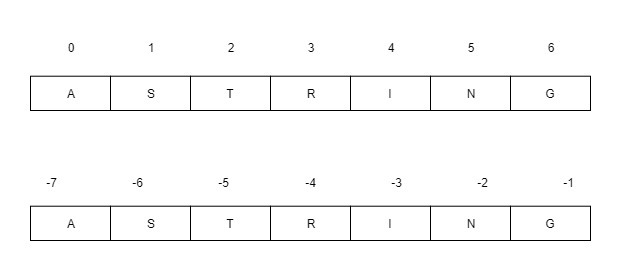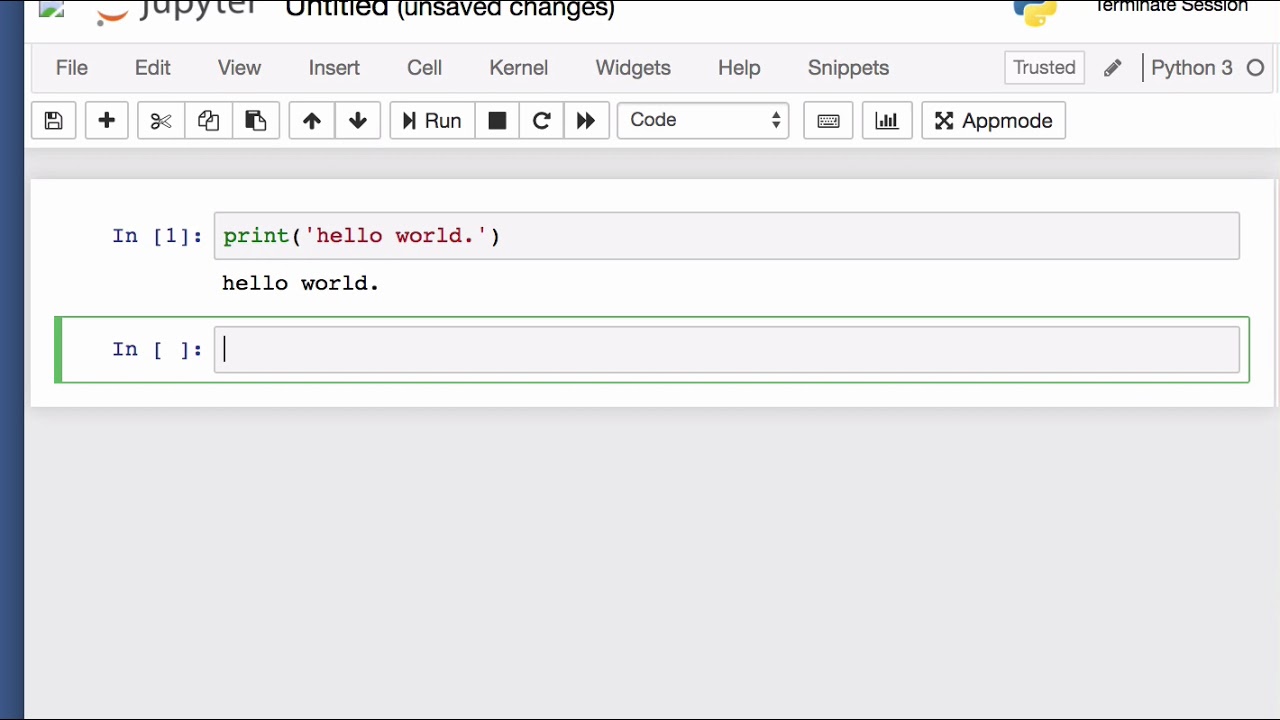when slicing in python what does the “2” in [::2] specify?
when slicing in python what does the “2” in [::2] specify?
When slicing a Python list using the [] operator, the syntax is [start:stop:step]. The "2" in [::2] specifies the step value.
The step value determines how many elements to skip between each element being included in the slice. In other words, it tells Python how many indices to advance when selecting the next element.
Here's a breakdown of what the different parts of the slicing syntax do:
start: The starting index (inclusive). If omitted, Python assumes the start is 0. stop: The ending index (exclusive). If omitted, Python includes all elements up to the end of the list. step: The step size (or stride). It can be positive or negative.
In the case of [::2], the step value (2) tells Python to:
2 each time.
Think of it like walking along a row of houses:
With a step size of 1, you'll visit each house individually. With a step size of 2, you'll skip every other house, visiting only every second one. With a step size of 3, you'll skip two houses and then visit the third one, skipping the next two, and so on.When step is positive (like in [::2]), Python moves forward through the list, selecting elements at the specified interval. If step is negative, Python moves backward through the list, selecting elements with the same interval.
Here's a simple example to illustrate this:
my_list = [1, 2, 3, 4, 5, 6, 7, 8, 9]
Slice with step=2
print(my_list[::2]) # Output: [1, 3, 5, 7, 9]
In this case, the slice [::2] starts from the beginning of my_list, stops at the end (omitted), and skips every other element, selecting only the odd-indexed elements.
Python slice string by character

I apologize for the misunderstanding earlier. Here's a detailed explanation of how to slice strings by characters in Python:
In Python, slicing is used to extract parts of sequences like strings and lists. The general syntax for slicing a string in Python is as follows:

sliced_string = original_string[start:stop]

where start is the starting index, and stop is the ending index.
When it comes to slicing strings by characters, you can use this approach. Let's consider an example where we have a string hello_world that we want to slice into individual characters:
original_string = 'hello_world'
print(original_string[0]) # prints 'h'
print(original_string[1]) # prints 'e'
print(original_string[2]) # prints 'l'
...
print(original_string[-1]) # prints '_'
As you can see, we're using indices to access individual characters in the string. The index 0 corresponds to the first character 'h', and the index -1 corresponds to the last character '_'.
Now, let's explore some more advanced techniques for slicing strings:
Slicing with a step: You can also specify a step value when slicing a string. This allows you to extract characters at a specified interval. original_string = 'hello_world'
print(original_string[::2]) # prints 'helo_owrld' (every other character)
In this example, we're using ::2 as the slice notation. This means that we're starting at index 0, and ending at the end of the string. The step value is 2, which means we'll skip every other character.
original_string = 'hello_world'
print(original_string[3:]) # prints 'lo_world' (from index 3 onwards)
Here, we're using 3: as the slice notation. This means that we'll start slicing from index 3 and go until the end of the string.
original_string = 'hello_world'
print(original_string[:5]) # prints 'hello' (up to index 5)
Here, we're using :5 as the slice notation. This means that we'll start slicing from the beginning of the string and go up to but not including index 5.
original_string = 'hello_world'
print(original_string[-2:]) # prints '_rld' (from index -2 onwards)
In this example, we're using -2: as the slice notation. This means that we'll start slicing from index -2 and go until the end of the string.
original_string = 'hello_world'
print(original_string[3:6]) # prints 'lo_' (from index 3 to 5)
Here, we're using 3:6 as the slice notation. This means that we'll start slicing from index 3, and go up to but not including index 6.
These are some basic techniques for slicing strings in Python by characters. By combining these methods, you can extract specific parts of a string, or even transform an entire string into a new one!





























